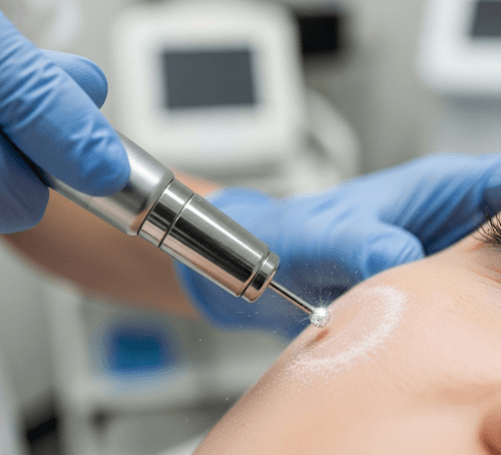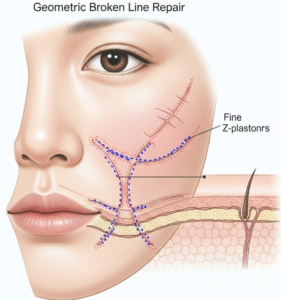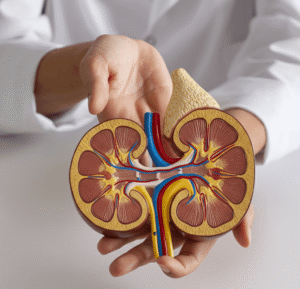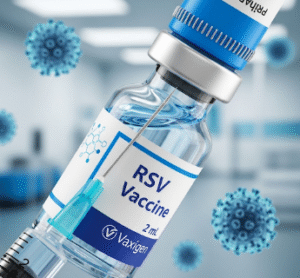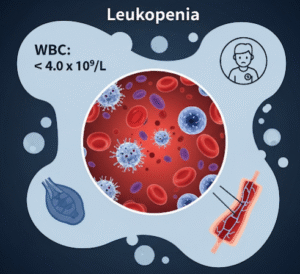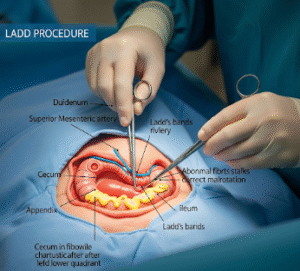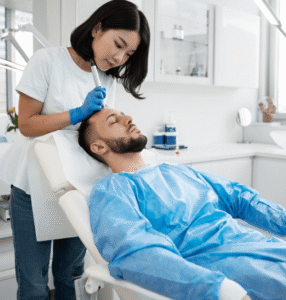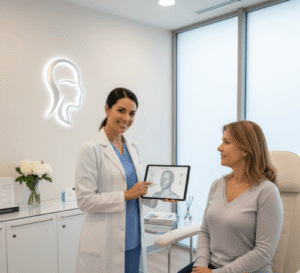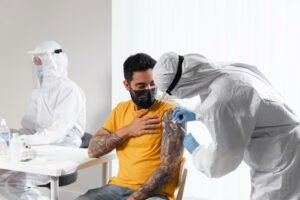What It Is
A Diamond Peel is a type of microdermabrasion treatment that uses a diamond-tipped wand to exfoliate the outermost layer of the skin. Unlike chemical peels that rely on acids, or crystal-based microdermabrasion that sprays fine particles, the diamond peel uses a diamond-coated device to gently polish away dead skin cells while simultaneously vacuuming impurities.
The treatment is non-invasive, painless, and suitable for most skin types, including sensitive skin. It improves cell turnover, enhances circulation, and creates a smoother base for better absorption of skincare products.
In Korea, the Diamond Peel is often integrated with hydration facials, LED therapy, or serums, making it part of a multi-step skin rejuvenation program rather than a stand-alone treatment. This aligns with the K-beauty principle of achieving healthy, glowing, and natural-looking skin.
Why It’s Done
The Diamond Peel is performed for both aesthetic enhancement and skin health:
➝ Exfoliation → Removes dead skin cells, unclogs pores, and refreshes dull skin.
➝ Texture improvement → Smooths rough patches, minimizes fine lines.
➝ Pigmentation correction → Helps lighten sun damage, age spots, and melasma.
➝ Acne management → Reduces blackheads, whiteheads, and mild acne scars.
➝ Skin renewal → Promotes collagen stimulation and improved circulation.
➝ Product absorption → Enhances penetration of serums and moisturizers.
In Korea, many patients undergo diamond peels as a routine maintenance treatment — much like regular facials — to keep their skin looking polished, hydrated, and radiant.
Alternatives
Although Diamond Peel is effective, alternatives may be recommended depending on patient needs:
- Chemical peels → Use acids for exfoliation and resurfacing.
- Hydrafacial → Combines exfoliation with serum infusion.
- Microdermabrasion with crystals → Uses aluminum oxide crystals but may irritate sensitive skin.
- Laser resurfacing (Fraxel, Nanopeel) → Stronger resurfacing option for wrinkles and scars.
- Microneedling → Stimulates collagen through controlled micro-injuries.
In Korean clinics, Diamond Peel is often paired with other therapies such as:
- Diamond Peel + Aqua Peel → For hydration and exfoliation.
- Diamond Peel + Exosome infusion → For regeneration and glow.
Preparation
Preparation for a Diamond Peel is simple but important:
➝ Consultation → Dermatologist evaluates skin type, acne activity, and sensitivity.
➝ Skincare adjustment → Stop retinoids, exfoliating acids, and harsh scrubs 3–5 days before.
➝ Avoid waxing or depilatory creams → For at least 1 week before treatment.
➝ Sun protection → Avoid tanning or sunburns prior to the procedure.
➝ Clean face → Patients arrive without makeup or heavy skincare.
In Korea, preparation often includes hydration masks or gentle enzyme exfoliation before the Diamond Peel, ensuring the skin is ready for optimal results.
How It’s Done
A Diamond Peel session typically lasts 30–45 minutes and follows these steps:
- Cleansing → The skin is deeply cleansed to remove oil and impurities.
- Diamond-tip exfoliation → The device’s diamond-coated wand gently polishes the outer layer of the skin while vacuum suction removes dead cells and debris.
- Hydration & nourishment → After exfoliation, Korean clinics often infuse the skin with hydrating serums, vitamins, or calming masks.
- Soothing finish → Cooling therapy or LED light treatment reduces redness and supports healing.
- Final protection → Sunscreen and moisturizers are applied.
Treatment schedule:
- For best results → 4–6 sessions spaced 2–4 weeks apart.
- Maintenance → Once a month for long-term skin health.
Recovery
One of the key benefits of a Diamond Peel is its minimal downtime:
- Immediately after → Skin looks brighter, smoother, with a mild pink flush.
- Day 1–2 → Slight dryness or flaking may occur.
- Day 3–5 → Skin feels softer, pores look refined, and radiance improves.
Aftercare recommendations:
➝ Apply SPF 50+ sunscreen daily.
➝ Use gentle, hydrating cleansers and creams.
➝ Avoid strong actives (retinoids, acids) for 3–5 days.
➝ Refrain from excessive sweating, hot saunas, or steam rooms for 24 hours.
In Korea, many clinics provide post-peel sheet masks or exosome serums to accelerate healing and maximize glow.
Complications
Diamond Peel is generally safe and gentle, but possible side effects include:
➝ Redness or sensitivity → Usually mild and short-lived.
➝ Dryness or peeling → Common as dead cells shed.
➝ Minor bruising → Rare, due to suction effect in sensitive areas.
➝ Hyperpigmentation → Very rare, usually if sun protection is neglected post-treatment.
➝ Irritation in active acne → Not recommended during severe acne breakouts.
Korean clinics reduce risks through personalized peel settings and post-treatment calming therapies, ensuring a safe experience.
Treatment Options in Korea
South Korea has elevated Diamond Peel treatments with advanced customization and integration:
1. Korean-Style Diamond Peels
- Diamond Peel + Aqua Peel → Combines exfoliation with hydration infusion.
- Diamond Peel + Vitamin C infusion → For brightening and pigmentation.
- Diamond Peel + LED therapy → For acne-prone or sensitive skin.
Final Thoughts
Diamond Peel in Korea is one of the most accessible and effective non-invasive resurfacing treatments for smoother, brighter, and healthier-looking skin. Unlike chemical peels or aggressive lasers, it provides a gentle yet noticeable improvement with virtually no downtime.
In Korea, Diamond Peels are rarely performed alone. Instead, they are combined with hydration facials, serums, or regenerative boosters, maximizing results while keeping the skin healthy. This integration reflects the K-beauty philosophy of prevention, maintenance, and natural radiance.
For anyone looking for a safe, affordable, and effective treatment to maintain glowing skin, the Diamond Peel is a trusted option — especially when done in Korea, where dermatology expertise and advanced technology ensure the best outcomes.

